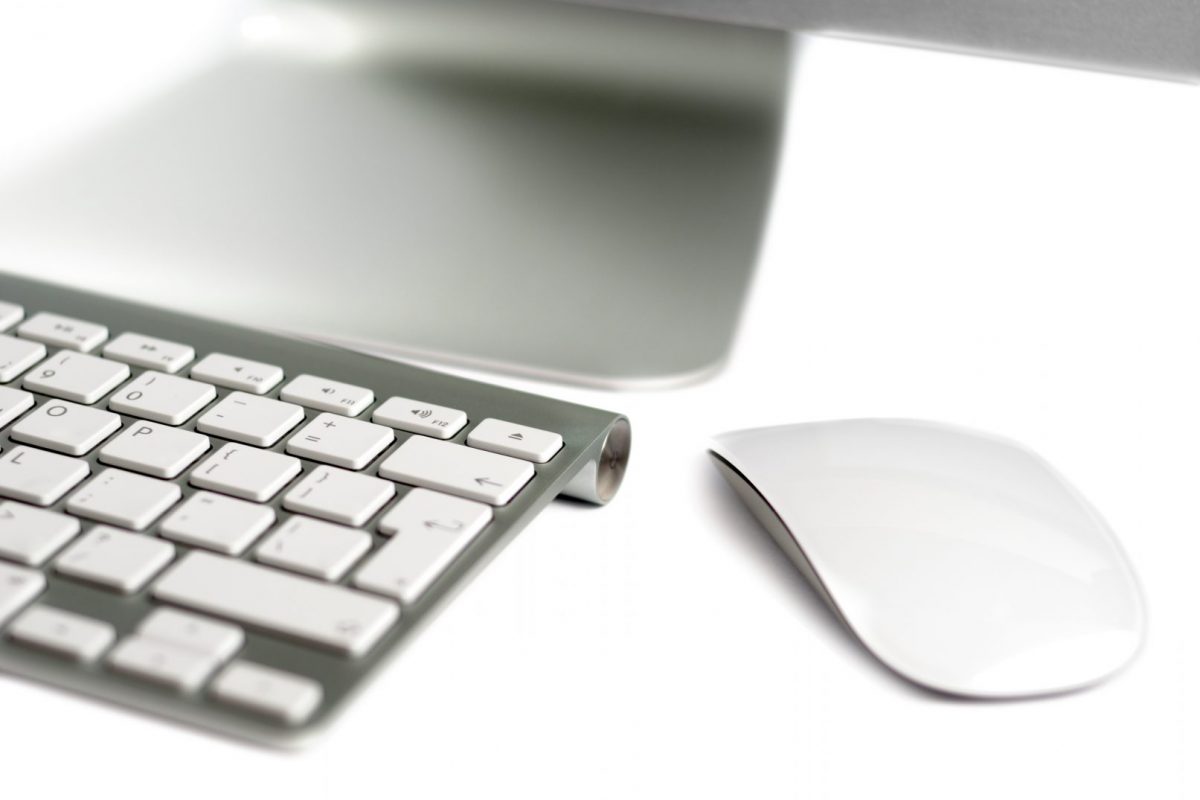No software is perfect and from time to time you have to troubleshoot it. For many, macOS is one of the most reliable software, however, often it also gets hampered with an issue and might require repair. MacOS may become unresponsive or slow or apps may crash due to some common mac problems. Such issues can be fixed by following the steps mentioned in this article. Save your time and go through the steps before calling for Mac computer repair in Winnipeg to help them repair the computer faster. Analyze the problem and perform the correct step.
Reboot Mac
Rebooting a laptop or computer is the simplest fix especially when an individual application is misbehaving. The reboot process for mac is also quick.
Reset PRAM and NVRAM
Certain settings on a mac are stored in a special memory area even when turned off. For Intel-based Macs, it is stored in NVRAM and for PowerPC-based Macs, it is stored in PRAM. You can reset these RAMS by following these steps. You turn off and turn on your computer. Before you hear the startup sound press and hold the command-option-P-R keys. Hold the keys until the computer restarts and hear the startup sound for the second time. Release the keys.
Boot into Safe Mode
Restart the computer, press and hold the shift key until a progress bar is visible at the bottom of the screen. Your Mac is booting into safe mode now, which deletes some additional caches. Now reboot normally without holding the shift key. If you are wishing to get your iPad or iTouch repaired consult a mobile computer repair in Winnipeg.
Reset the System Management Controller (SMC)
Depending on your type of Mac device resetting SMC requires different steps. To reset the SMC on desktop (iMac and MacMini) power down your Mac and unplug the power cord. After 15 seconds plug back the power cord and turn on the power button. To reset it on a MacBook with a non-removable battery power down the MacBook. Unplug the power adapter from the laptop. Press shift-control-option on the keyboard while pressing the power button at the same time. Release them after 10 seconds. Reconnect the power adapter and turn on your MacBook.
Repair Disk Permissions
OS X El Capitan made repairing disk permission obsolete. If you are using OS X Yosemite or older then follow the following steps to repair disk permission. You should be doing it from time to time even without experiencing issues with your Mac. Open disk utility and select your primary hard drive (i.e. Macintosh HD) and then select “Repair Disk Permissions”.
Before attempting any of the above-mentioned repairs, analyze the problem and understand which solution will work best for your problem. These fixes will not guarantee a total repair, but it does make the task of the repair personnel easy.
Verify and Repair Disk
To verify the integrity of Mac’s disk and its file system go to disk utility. For the newer versions of macOS, the feature is called “First Aid”.
Mostly you will not come across anything wrong but if you do, you must repair it. To repair a disk you have to boot into the Recovery Mode. The method to boot into the Recovery Mood you reboot your mac and press the command + R keys till the apple logo appears. Access dick utility once you are in the recovery console. Depending on the version of macOS/OS X click on repair disk or first aid after selecting the primary hard drive of your computer.
Now that you can fix common problems with your mac, keep them from happening in the future.

